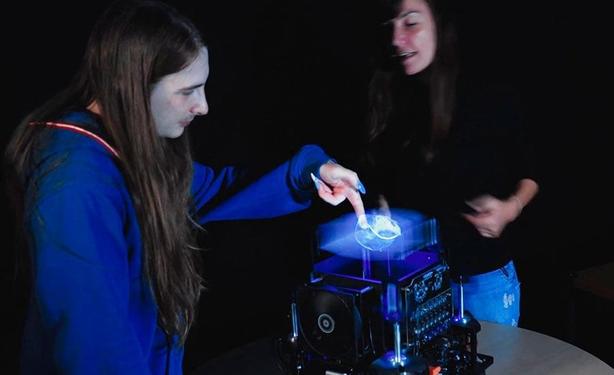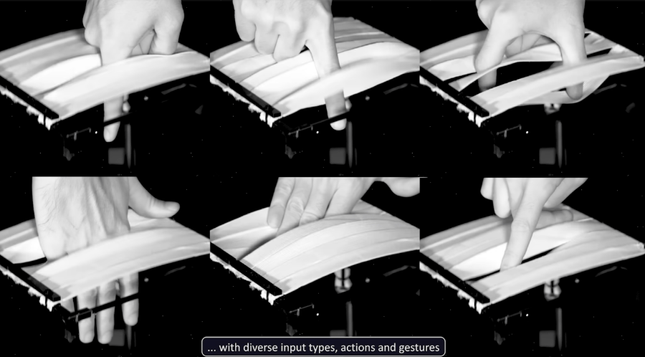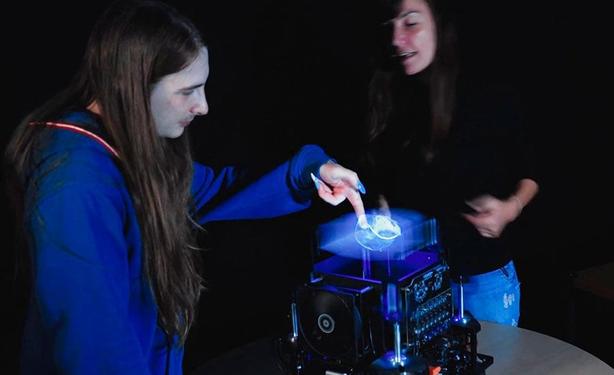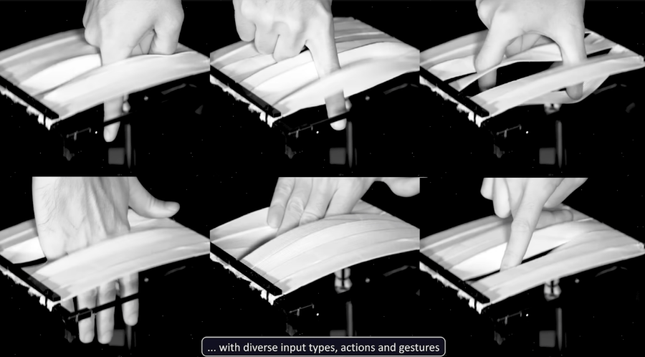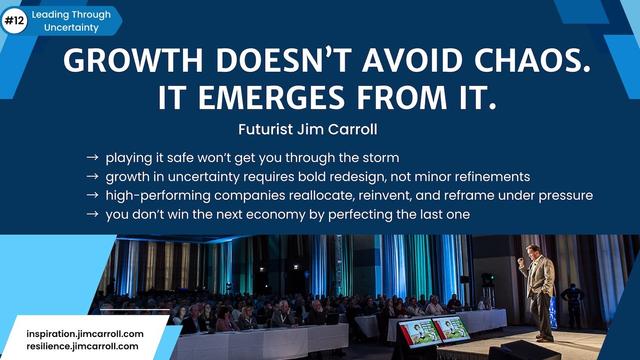CR Srikanth revolutionizes music with VS Pop™, blending classical traditions, electronic elements, and cultural sounds into a groundbreaking new genre with 70,000 Spotify streams #Music #Innovation
Recent searches
Search options
#innovation
In the EU, nearly half of all new city buses will be zero-emission by 2024! And China's already leading by example with over half a million electric and hydrogen buses on the road.
Dieser kleine Pieks rettet Leben – die Malaria-Impfung ist da!
Vor allem auf dem afrikanischen Kontinent bedroht die #Malaria nach wie vor Millionen Menschenleben. Aber: Nach jahrzehntelanger, auch vom #BMBF unterstützter Forschung, steht auch dort der erste zugelassene Impfstoff zur Verfügung. Ein großer Durchbruch für die globale Gesundheit – doch die Arbeit geht weiter!
#IJCAIworkshop Third Workshop on Computational Fair Division #CFP Paper submission deadline: 30 April 2025 https://sites.google.com/view/fairdivisionworkshop2025/call-for-contributions?authuser=0
Even if you don't want to read 'Careless People', stop what you're doing and read @pluralistic review - hysterical, horrible, harrowing takedown of the self-appointed royalty at the top of Facebook
Government Hires Controversial AI Company to Spy on "Known Populations"
https://futurism.com/government-ice-palantir #artificialintelligence #ai #machinelearning #technology #tech #robotics #innovation

IT’S NOT WEALTH ENVY: Money not paid to you and inflated prices you pay make the wealthy rich.
Rich people do not get wealthy because they are inherently more innovative or industrious than most. They profit from inflated pricing and wages denied the working class sanctioned by the tenets of capitalism.
Sound spice. No, this isn't about Dune.
https://www.nagoya-u.ac.jp/researchinfo/result-en/2025/04/20250408-01.html
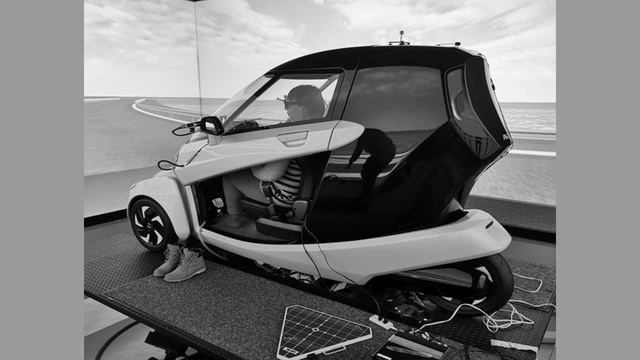
ICYMI:
What was once the realm of sci-fi like Minority Report, now UPNA researchers have created FlexiVol, a 3D volumetric display you can touch and manipulate directly with your hands. The system uses elastic diffuser bands that bend when touched while projecting thousands of images per second.
The #technology enables intuitive gestures like pinching to scale objects or swiping through #3D spaces without needing controllers or #VR glasses.
Learn more: https://zurl.co/vdYZ5
"Uncertainty? Don't wait for clarity —create it!" - Futurist Jim Carroll
In a downturn, experimentation isn’t risky. It’s responsible - because it helps to build some clarity where often that clarity does not yet exist.
That doesn't seem intuitive. In uncertain times, it’s easy to assume that clarity comes from caution - that the path forward will emerge once the noise dies down, once the data stabilizes, and once the market settles.
You end up waiting a long time for that! You end up waiting for clarity that never comes, because here’s the truth: clarity doesn’t arrive. It’s earned.
And the way you earn it—especially in a downturn—is by moving.
Testing. Learning. Iterating. Acting. Trying ideas to see what works. Doing things for the sake of doing, not necessarily for the big win, but to figure out what works, and what does not. And in doing so, you create your sense of clarity. That’s how you cut through the fog. That’s how you avoid paralysis.
That’s how you lead.
Experiments are your edge in an era of uncertainty because they are fuel to ignite clarity that is otherwise missing. Remember what I've said in this series - in times of economic pressure, many organizations retreat into stasis They pause product launches, cancel initiatives, and wait for signals. But the companies that thrive in a downturn do the opposite: They turn uncertainty into a laboratory. They run small tests. They build fast prototypes. They launch controlled rollouts. They create momentum—and clarity—through movement.
That’s not reckless. It’s responsible. And it builds something more valuable than predictions or plans: experiential capital.
Here’s how you start building that advantage now:
- launch a live test. Choose one customer segment. Try something new. Measure real results.
- prototype under pressure. Push a rough idea into the market. Let feedback shape the next version.
- accelerate learning loops. Replace long planning cycles with fast experiments. Learn weekly, not quarterly.
- capture insight. Build a shared learning bank. Don’t waste failure—mine it for gold.
- empower your team to try. Make experimentation safe. Celebrate effort, not just outcomes.
- rush something forward. It doesn’t have to be perfect—just real. Let motion build momentum.
- track what works. Treat every test as a data generator. Use outcomes to refine, redirect, and repeat.
- build a culture of motion. Innovation isn’t a project. It’s a mindset. You build it by doing.
Use urgency as fuel. In the face of hesitation, push forward. Action reveals what planning can’t. Make experiential capital your strategy. In a world that punishes delay, the most learned win..
#Experimentation #Clarity #Action #Testing #Innovation #Momentum #Learning #Strategy #Uncertainty #Adaptation
Original post: https://jimcarroll.com/2025/04/decoding-tomorrow-your-daily-future-inspiration-uncertainty-dont-wait-for-clarity-create-it/
What was once the realm of sci-fi like Minority Report, now UPNA researchers have created FlexiVol, a 3D volumetric display you can touch and manipulate directly with your hands. The system uses elastic diffuser bands that bend when touched while projecting thousands of images per second.
The #technology enables intuitive gestures like pinching to scale objects or swiping through #3D spaces without needing controllers or #VR glasses.
Learn more: https://zurl.co/vdYZ5
Suprised no one's tried the ol' "I wouldn't say anything, I would listen" to incels.

Trump or no Trump, EV charging is getting a whole lot easier, convenient, and more reliable.
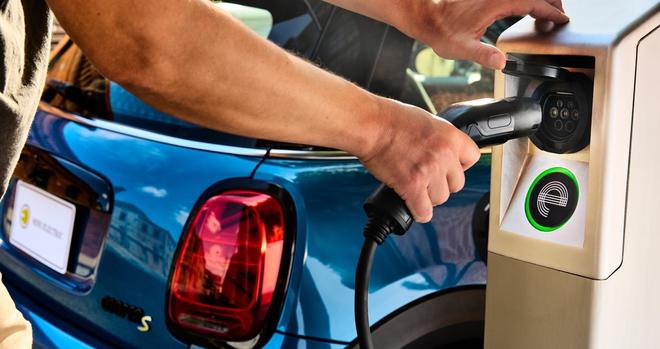
This counters the common belief that high density or major transit-oriented development is necessary for solid public transit.
Brampton's experience shows that just better service can make a difference! #Transit #Innovation
Your mom was once restricted to the AOL ecosystem. And today transport data is being restricted by gatekeepers. And these two things are related. There’s no stopping the demand for open data.
xitter @mobilitydataio @AFD_France

Imagine the #extinction of #experience - with #nature. But "Having the #language to name and describe nature is a gateway to curiosity-driven #innovation, #creativity and #discovery." Seirian Sumner talks about how we can grow nature literacy https://theconversation.com/heres-how-to-create-a-more-nature-literate-society-253373 via @TheConversationUK

"Growth doesn't avoid chaos. It emerges from it." - Futurist Jim Carroll
You don’t rebuild for the future by protecting the past - particularly during a downturn.
So let's recap. In the first ten posts of this series, I've covered how belief, vision, action, and momentum create forward motion, even amid chaos. And yesterday, I pulled back the curtain on why many organizations fail to make that motion: fear, inertia, denial, and outdated thinking. You know, organizational sclerosis stuff!
Now we turn a corner.
Because once you’ve cleared the internal barriers…once you’ve named what’s been slowing you down… the next step is this: growth. And growth doesn’t come from optimizing what used to work. It comes from disrupting it. As they say, if you keep doing what you've always done, you'll get what you've always got! This will become exacerbated even more in the wild year that is 2025.
Fact is, In a downturn, many companies fall into a dangerous trap: they tweak the old playbook, hoping that what worked before will work again. So they shave budgets instead of rewriting business models. They cut costs without realigning purpose. They focus on “efficiency” instead of rethinking how they create value. They keep trying to sell the old product or service when the market suddenly needs a new one.
That’s not a strategy. That’s maintenance. And it fails every time
The companies that grow during volatility? They do the opposite. They redesign, not refine. They reinvent, not recover. They know that you won’t win in the next economy by trying to redo the last economy better. Here’s how high-performing, future-ready companies build through disruption—not despite it:
- they create new value, not just cut costs
- they launch new offerings that solve urgent problems in emerging markets or underserved segments.
- they reallocate skills and teams aggressively to solve problems, fast
- they implement a strategy of focusing on core customers to defend key revenue
Talent, capital, and attention all shift. They move decisively away from underperforming bets and double down on future-ready opportunities. They break their assumptions. They don’t ask how to make something slightly better. They ask what it would look like if they had to build it from scratch for today. They eliminate internal friction. Bureaucracy, bloated processes, and clunky systems are removed. They rebuild for speed and simplicity. They accelerate decisions with small, empowered teams that test, launch, and adapt.
They don’t wait for perfect clarity—they create clarity through motion.
They shape what comes next.
They grow.
#Growth #Disruption #Innovation #Action #Reinvention #Strategy #Chaos #Opportunity #Momentum #Leadership
Original post: https://jimcarroll.com/2025/04/decoding-tomorrow-your-daily-future-inspiration-growth-doesnt-avoid-chaos-it-emerges-from-it/
"In the silent dialogue between hands and material, creativity not only births beautiful objects but also breaths life into a vibrant community of makers who craft their futures stitch by stitch."
— Lina Frost
#Handmade #Creativity #Artisan #MakerCulture #Entrepreneurship #Craftsman #Innovation #Freelancing
As the US moves from Democracy to #Kleptocracy and #Kakistocracy it’s effects affect scientific breakthroughs
New images could change cancer diagnostics, but ICE detained the Harvard scientist who analyzes them

Inzoi revolutionerar spelupplevelsen och efterliknar "The Sims" med imponerande potential Det är dags för en ny era inom gaming. Hur kommer detta förändra framtiden för virtuella liv?
#gaming #innovation








